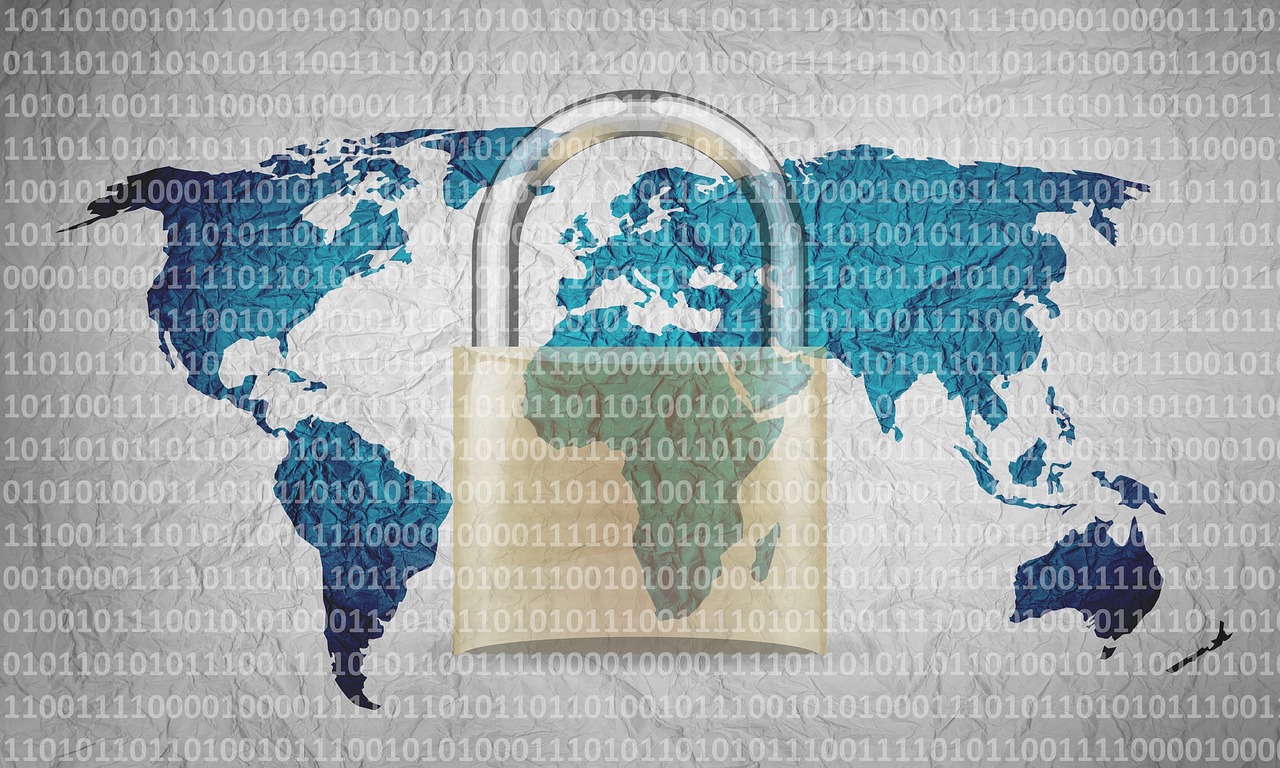In today’s digital age, cybersecurity has become a critical concern for businesses of all sizes. Small businesses, in particular, are vulnerable to cyber threats due to limited resources and expertise.
This ultimate guide to cybersecurity best practices for small businesses is designed to provide you with comprehensive insights and practical steps to fortify your digital defenses and keep your sensitive information safe.
Ultimate Guide to Cybersecurity Best Practices for Small Businesses
Cybersecurity is not just a buzzword; it’s a necessity for the survival of modern businesses. With the increasing frequency and complexity of cyber attacks, adopting robust cybersecurity practices is no longer optional. The following headings will guide you through the essential steps to secure your small business:
Understanding Cybersecurity: Defining the Basics
To embark on your cybersecurity journey, you need to grasp the fundamental concepts. What are cyber threats? What is malware? How do hackers exploit vulnerabilities? Get answers to these questions to establish a solid foundation.
Assessing Your Vulnerabilities: Identifying Weak Points
Every business has its vulnerabilities. Conduct a thorough assessment to identify potential weak points in your digital infrastructure. LSI Keywords: cybersecurity risk assessment, vulnerability analysis.
Establishing Strong Password Policies: The First Line of Defense
Passwords are your initial defense against unauthorized access. Learn how to create and enforce strong password policies across your organization. LSI Keywords: password security, password best practices.
Implementing Multi-Factor Authentication (MFA): Adding Extra Layers
Enhance your security with MFA, an extra layer of protection that requires users to provide multiple forms of identification. This significantly reduces the risk of unauthorized access. LSI Keywords: multi-factor authentication benefits, MFA methods.
Keeping Software Up to Date: Patches and Fixes
Outdated software is a goldmine for cybercriminals. Regularly update operating systems and applications to fix vulnerabilities and safeguard your systems. LSI Keywords: software updates cybersecurity, the importance of patching.
Training Your Team: The Human Element
Equip your employees with cybersecurity awareness training. Human error is a common entry point for cyber attacks, and education is the best defence. Employee cybersecurity training, the importance of staff awareness.
Securing Mobile Devices: Extending Protection
In the era of remote work, mobile devices are essential. However, they can also be vulnerable. Learn how to secure smartphones, tablets, and laptops used for business purposes. LSI Keywords: mobile device security, remote work cybersecurity.
Safeguarding Against Phishing Attacks: Recognizing Threats
Phishing attacks are a leading cause of data breaches. Train your team to recognize suspicious emails and websites to avoid falling victim to these scams. LSI Keywords: phishing prevention, email security tips.
Encrypting Sensitive Data: Unreadable to Intruders
Encryption converts your data into unreadable code, adding another layer of security. Explore encryption methods and techniques to protect your sensitive information. LSI Keywords: data encryption benefits, encryption algorithms.
Backing Up Regularly: Data Recovery Preparedness
Data loss can cripple a business. Regular backups ensure that even in the worst-case scenario, you can recover your essential information and continue operations. LSI Keywords: data backup importance, backup best practices.
Building a Firewall: Shielding Your Network
A firewall acts as a barrier between your internal network and external threats. Discover how to set up and configure a firewall to filter out malicious traffic. LSI Keywords: network firewall setup, firewall protection.
Securing Wi-Fi Networks: Preventing Unauthorized Access
Unsecured Wi-Fi can be an entry point for hackers. Learn how to set up a secure Wi-Fi network and protect your business from unauthorized access. LSI Keywords: Wi-Fi security measures, wireless network protection.
Monitoring for Intrusions: Staying Vigilant
Constant monitoring is crucial to detect and respond to intrusions promptly. Implement intrusion detection systems (IDS) to keep a watchful eye on your network. LSI Keywords: intrusion detection benefits, IDS implementation.
Creating an Incident Response Plan: Being Prepared
No one is immune to cyber attacks. Develop a comprehensive incident response plan to minimize damage, maintain business continuity, and recover swiftly. LSI Keywords: incident response strategy, cyber attack recovery.
Collaborating with Cybersecurity Experts: Seeking Professional Help
Cybersecurity can be complex. Consider partnering with experts who can assess your business’s unique risks and recommend tailored solutions. LSI Keywords: cybersecurity consultancy, hiring cybersecurity professionals.
Staying Informed: Keeping Up with Trends
The cybersecurity landscape is ever-evolving. Stay informed about the latest threats, trends, and best practices to adapt your defenses accordingly. LSI Keywords: cybersecurity news, industry trends.
FAQs
Q: What are the most common cyber threats faced by small businesses?
A: Small businesses often face threats like phishing attacks, ransomware, malware infections, and social engineering scams.
Q: How can employee training improve cybersecurity?
A: Educating employees about cybersecurity risks and best practices can help them recognize and avoid potential threats, reducing the likelihood of successful attacks.
Q: Is antivirus software enough to protect my business?
A: While antivirus software is essential, it’s not sufficient on its own. A comprehensive cybersecurity strategy includes multiple layers of protection.
Q: How often should I update my software and systems?
A: Regular updates are crucial. Set up automatic updates whenever possible, and check for patches and fixes at least once a month.
Q: What should be included in an incident response plan?
A: An incident response plan should outline clear steps for identifying, responding to, and recovering from cybersecurity incidents. It should involve key stakeholders and address legal, technical, and communication aspects.
Q: Can outsourcing IT services enhance cybersecurity?
A: Yes, outsourcing can provide access to specialized expertise and advanced security tools, strengthening your cybersecurity posture.
Conclusion
Protecting your small business from cyber threats is a continuous effort that requires dedication and vigilance.
By implementing the best practices outlined in this ultimate guide, you can significantly reduce the risk of falling victim to cyber-attacks and safeguard your business’s future. Stay informed, stay proactive, and make cybersecurity a top priority.






